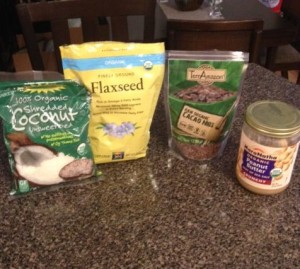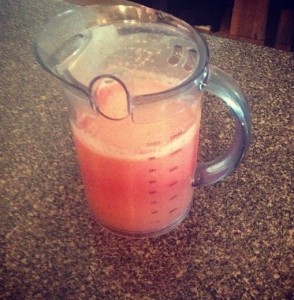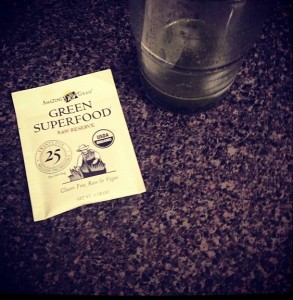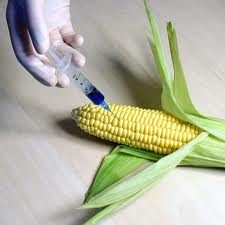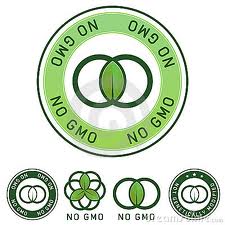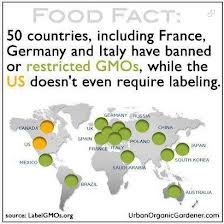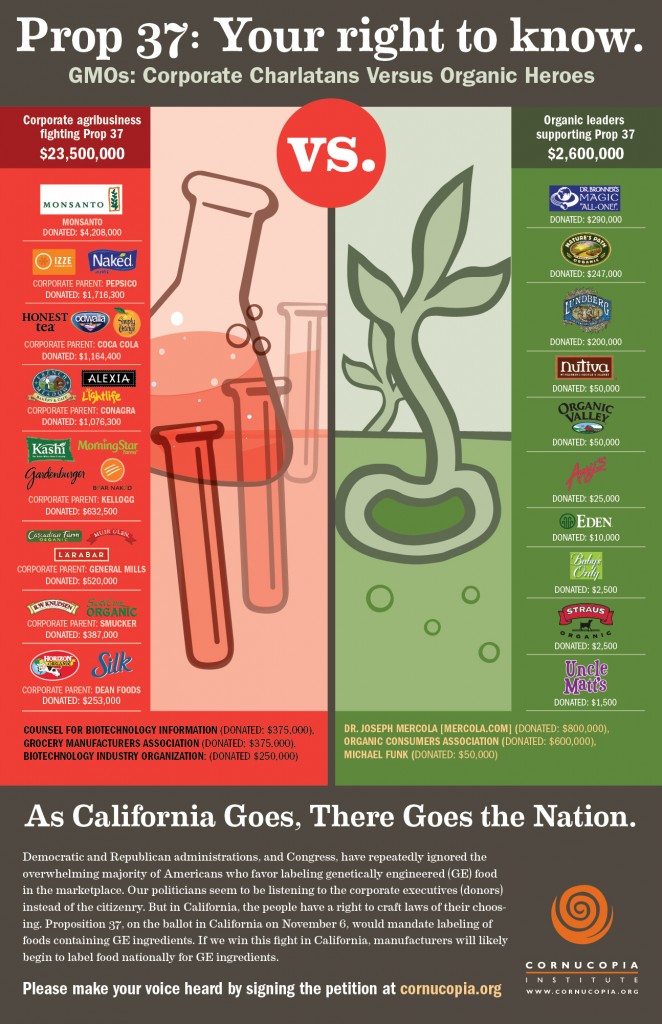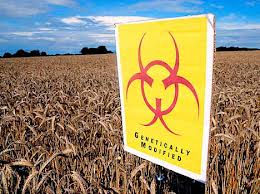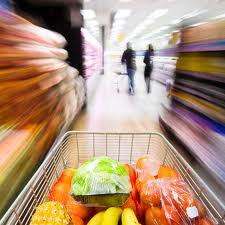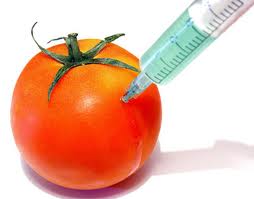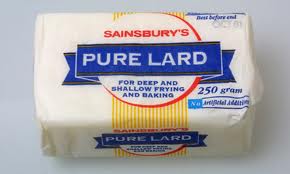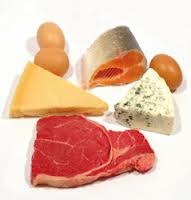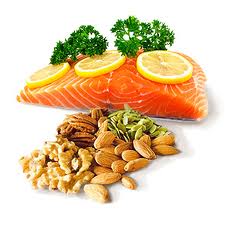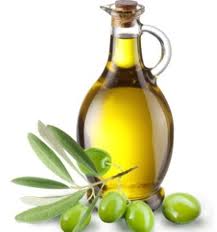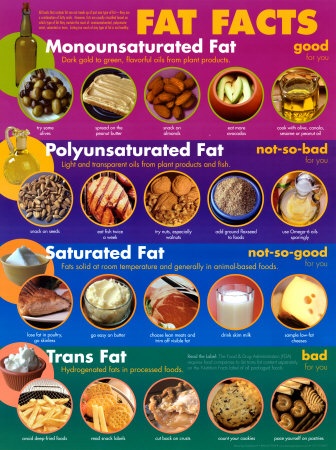Genetically Modified Organisms
Grains are the most commonly eaten food group in the American diet. It is also the food group that we are recommended to have the most servings of every day according to the food pyramid. Yet most people have never heard of GMO’s or Genetically modified organisms. GMO’s are in over 80 percent of the corn, soybean, and cottonseed oil cultivated in American crops. These ingredients are found in common cereals (organic or not) and in 70% of processed foods. Even more surprising is that over 40 countries require labeling on all products which contain GMO’s. But America still does not require this labeling. More and more studies are finding health risks possibly linked with the consumption of genetically modified foods. And there are still unknown risks of what new diseases these GMO’s may cause. Below are links that may be helpful in finding out more about genetically modified foods and common brands that have genetically modified ingredients.
Dr. Mercola Videos on cereal and granola with GMO’s
Questioning what we’ve been taught, told and sold
After my last blog on deciphering the different types of fats, I was challenged to question what I have been taught in school for dietetics and told by media and marketing. I actually enjoy looking at other sides and reviewing controversies to see what else is out there and maybe even change my stance on what I once believed to be true, never doubting teachers,scientists or research. I think it is eyeopening and compelling the amount of research and literature out there supporting a truly organic diet that does center around fats from animals. There are health benefits that I am only just beginning to learn about because for so long I had my back turned to them. This is just one of the ways I am questioning food and food production right now. I think it is wonderful to question our teaching, our researchers and most importantly to question the places we are buying our food from. We have all the tools in front of us to make up our minds on what we will eat and therefore what the outcome of our health will be. But you have to be willing to change your mind and question marketing and advertisers and people trying to make a buck off you by passing their product off as pure and healthy. These are the people who are cheapening our food supply and getting the best of our integrity by brainwashing us in the most vulnerable way, by tricking us to eat their product. We can’t just walk blindly into the supermarket and trust any product we put in the cart. We don’t live in that world. No one should control what you eat but you. Ask questions, and never stop.
Some current topics of interest to think about:
Animal Fats– Video by Weston A. Price Foundation http://www.westonaprice.org/beginner-videos/traditional-fats-and-sacred-foods-video-by-sarah-pope
Video by Dr. Mercola http://www.youtube.com/watch?v=i9yFDJpeBWA&feature=player_embedded
Genetically Modified Organisms- This is an article on GMO and where the GE Food Act stands as of now. Also, a quick breakdown for those who don’t know. http://www.guardian.co.uk/commentisfree/2012/jun/13/california-gm-referendum-change-america-food
Grocery store – This is a clip from the documentary Food Inc. http://www.schooltube.com/video/66aa3cbb5d91038dfda3/
Breaking Down Fat
Fat is essential and serves many purposes in our bodies. The difficult task for many people is deciphering between which fats are the good ones to enjoy in your diet and which ones should be limited. Fat provides energy, insulates the body to maintain temperature, pads our internal organs to prevent internal injury while doing recreational hobbies like riding a bike, and is also vital in brain function. Fat is necessary to absorb the fat soluble vitamins A, D,E and K. Having even small amounts of healthy fat in the diet can contribute greatly to a feeling of satiety, making you feel full. I hope this week’s article will make breaking down the fat in your diet a little easier and help you feel more empowered when choosing food items for your diet.
So just what are the differences between all these fats? We will start with what saturated and unsaturated fats are. To put it simply, the more saturated a fat is the more firmer it will be at room temperature, the more unsaturated a fat is the more liquid it will be at room temperature. Animal fats found in red meat tend to be the most saturated, chicken is somewhere in the middle and vegetable, flower and nut oils are the least saturated. Luckily, you can usually distinguish these fats just by looking at them. Imagine lard’s texture and density compared with olive oil and it’s liquid-y, runny texture. Saturated fat increases LDL (think lousy) cholesterol and unsaturated fats increase HDL (think healthy) cholesterol. A higher LDL is linked with type two diabetes and cardiovascular disease. This is because LDL increases plaque in your arteries which decreases blood flow to your heart by clogging arteries and may also be linked to heart attacks and strokes. I am not telling you to never enjoy a juicy hamburger or steer clear of anything with cheese, these foods have their place too. Just try to save them for once in a while and enjoy the best grass fed beef burger and the less processed cheeses when you do have them. After all, you deserve the best when you do indulge!
Now we will discuss the different fats in these two categories
Trans fats– People are becoming more aware of trans fats and some restaurants even have standards for how much trans fat they are allowed to use. The best way to regulate this for yourself is knowing what trans fats are and what key words to look for when shopping. Trans fats are made by pumping hydrogen into unsaturated fatty acids to make them more solid at room temperature and therefor preserving the food item. This is a factory made process, not one from nature, although some dairy products have very small amounts of naturally occurring trans fat . Once the oil has been hydrogenated it loses it’s health benefits. The composition of a trans-fatty acid is almost identical to a saturated fat and has the same harmful effects on our health. They raise LDL just like a saturated fat because they now are a saturated fat. Trans fats are largely found in fried foods like doughnuts and fried chicken, and also in margarine and packaged foods. Always look on the ingredients label for the words “hydrogenated” or ” partially hydrogenated”. These words indicate Trans-Fat.
Now onto the fats with benefits!
Polyunsaturated Fats– Essential fatty acids are fatty acids that the body needs but can not create itself, these are fats that we must get by including foods containing them in our diet. These two types are linoleic and linolenic acid. These fatty acids help make up the materials to carry out hormone-like actions in the body, from muscle contraction and relaxation to blood clot formation. When we have deficiencies in these essential fatty acids it can take a serious toll on our organs and cause disorders to the affected areas. One of the best sources for polyunsaturated fats is fish or fish oil. Choose fish that is wild when you can (instead of farmed) because it contains far less toxins and environmental pollutants and more of the heart and brain healthy omega 3 fatty acids. Other sources rich in polyunsaturated fats include, sunflower seeds, walnuts, chia seeds, and flax seed. You can sprinkle these on your morning oatmeal or add to salads to reap the benefits.
Monounsaturated fats – These receive a gold star when it comes to healthy fats to enjoy in your diet. With only one point of saturation, these are the least saturated of all the fats. Mono unsaturated fats are found in avocado, olives and olive oil, and almonds to name a few.
*Fresh and Fit note*
Remember, While poly and mono unsaturated fats have an impressive list of health benefits and should be a part of your daily diet, they are higher in calories, as 1 gram of any fat still contains 9 calories. So remember to look at serving sizes and use oils sparingly.
There is a product called the Misto I found and bought last Christmas which mists oil onto foods and pans creating a smaller amount on the surface and therefore using a smaller amount of calories. You can even use a spray bottle for oils.

